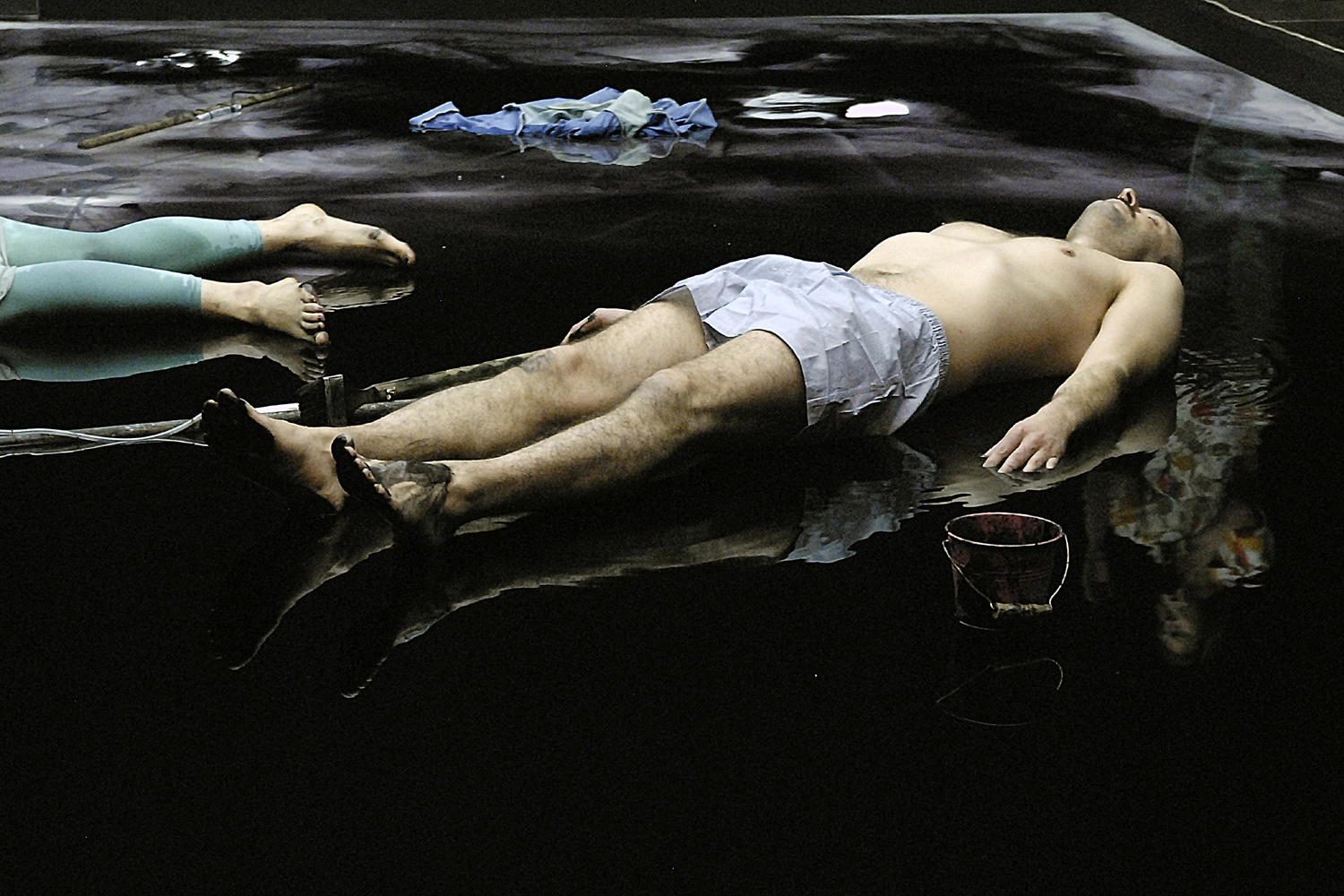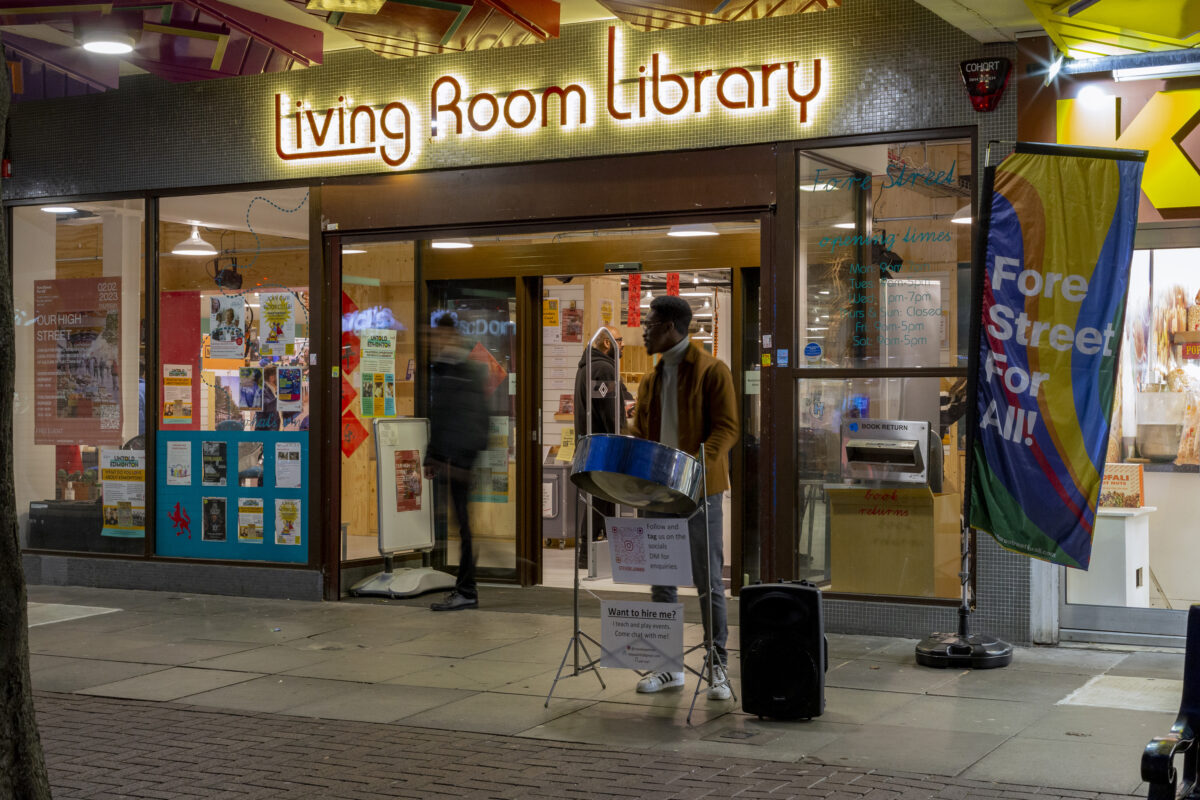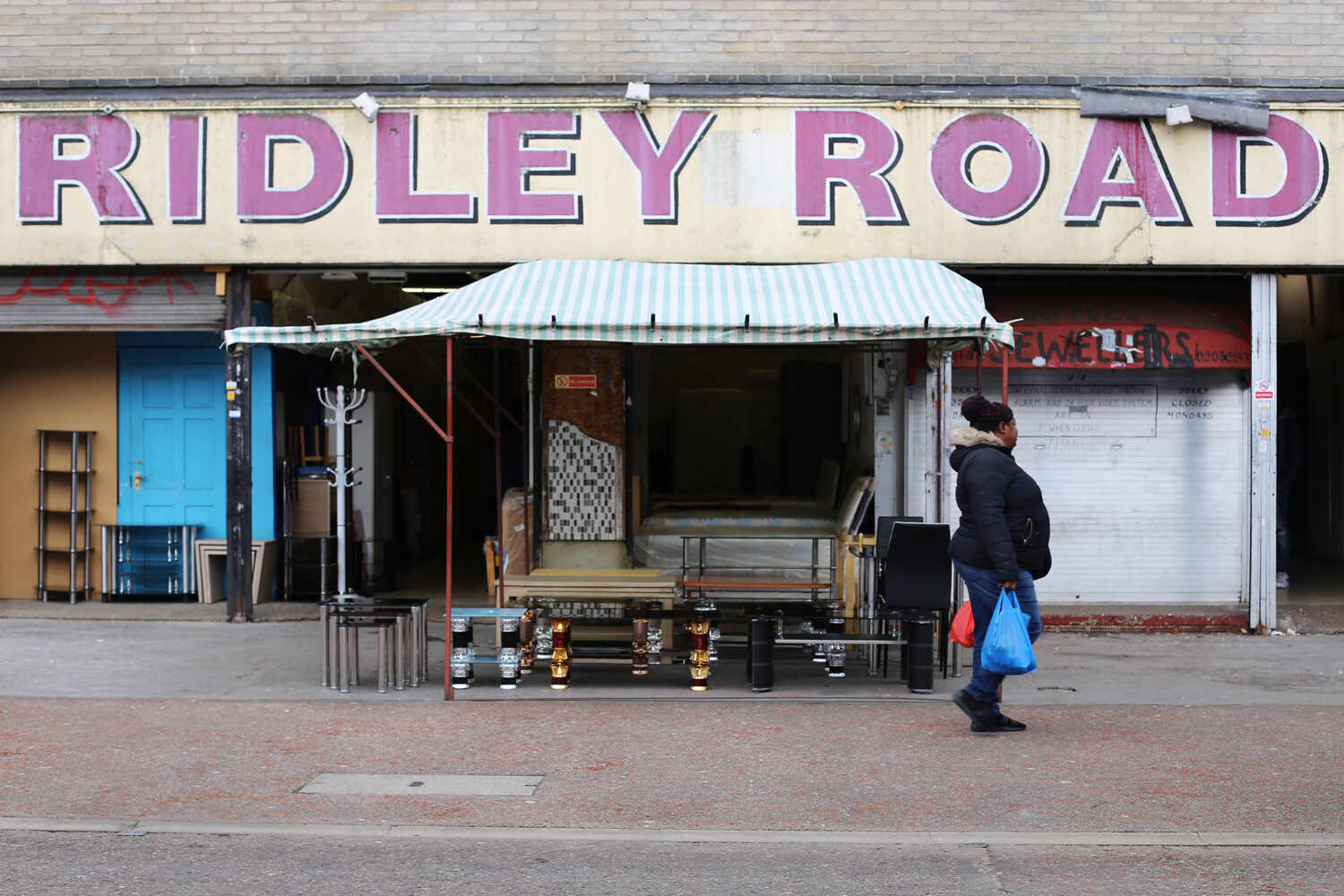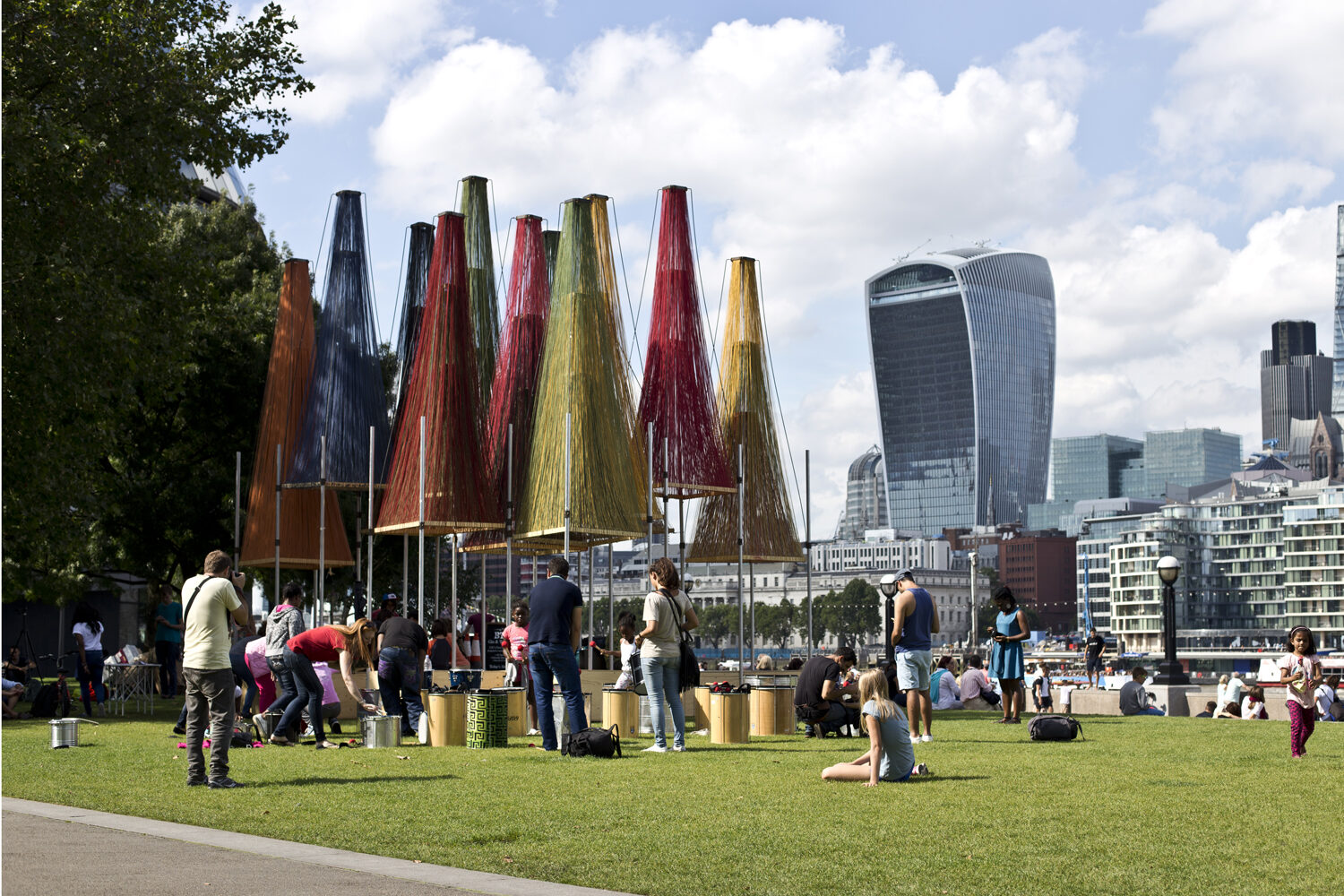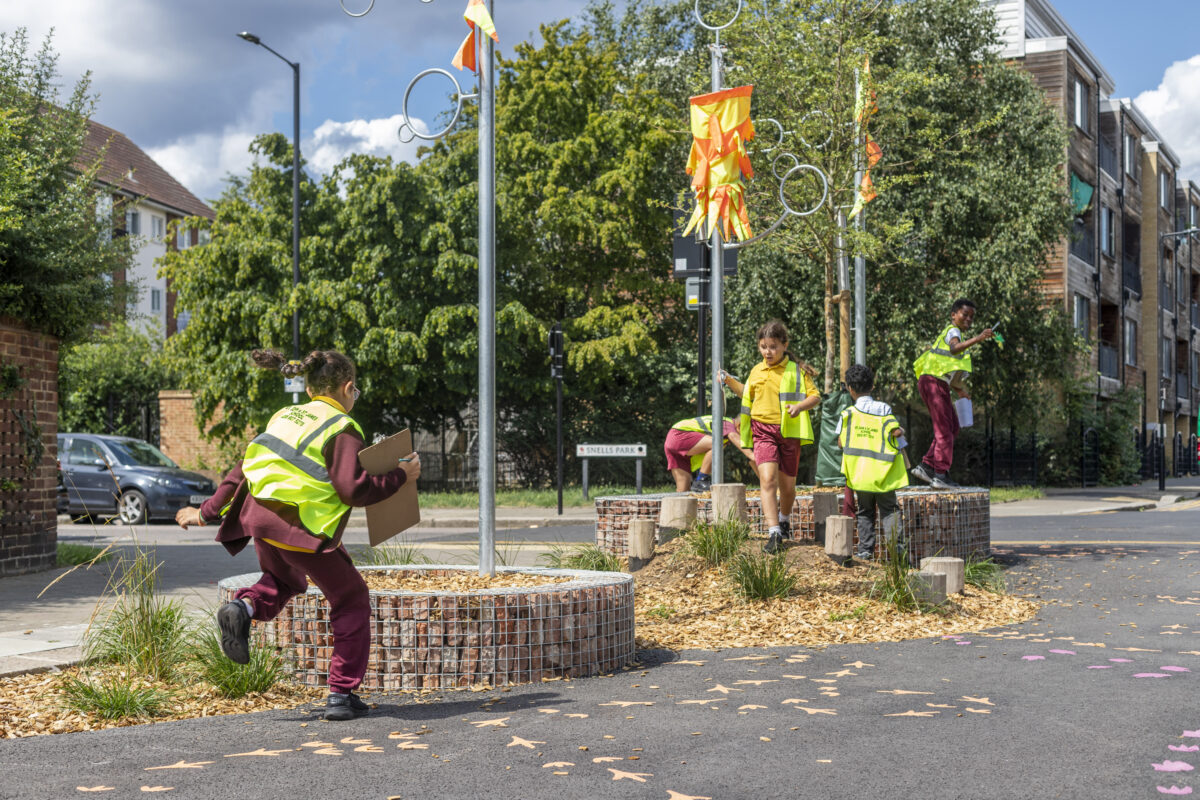Halt Dich am Zaun der Himmel ist hoch is the first part of director Anna Malunat’s trilogy exploring the changing notion of human habitat during the past century. With the latter episodes ‘Jesus ich mochte viel Glueck beim Angeln’ and ‘Postcards from the Future’ explores the fading notion of home in the context of virtual social networks and the consequences of an anthropocene future respectively, Halt Dich am Zaun der Himmel ist hoch explores the trauma of displacement and persecution experienced by communities during WW2.

The narrative of the play is part autobiographical family history, part account of a memorial coach journey with living WW2 refugees into their former homeland in Eastern Europe undertaken by the director. The title of the play, (= Stay by the fence, the sky is high) is an Eastern Prussian aphorism intrinsically linking landscape to a sense of belonging. Situations experienced along the journey are re-enacted on stage embroiling the audience in the anguish associated with dispossession and being uprooted.
The design concept for the set is informed by the concerns of psychogeography, a practice pursued by a group of artists including Guy Debord which advocated for the re-reading of urban space based not on unequivocal geographic relationships, but by the subjective memory of those adrift in the streets of the city. The centre of the stage features an oversized white canvas inhabited by the characters who also have access to especially designed, oversized drawing and writing apparatus filled with black ink. As the play progresses the traces left by the actors turn into a large-scale psychogeographic map which ultimately dissolves when water finally floods the stage, leaving nothing but the infinite reflection of the actors and audience in an apparently bottomless black pool.

